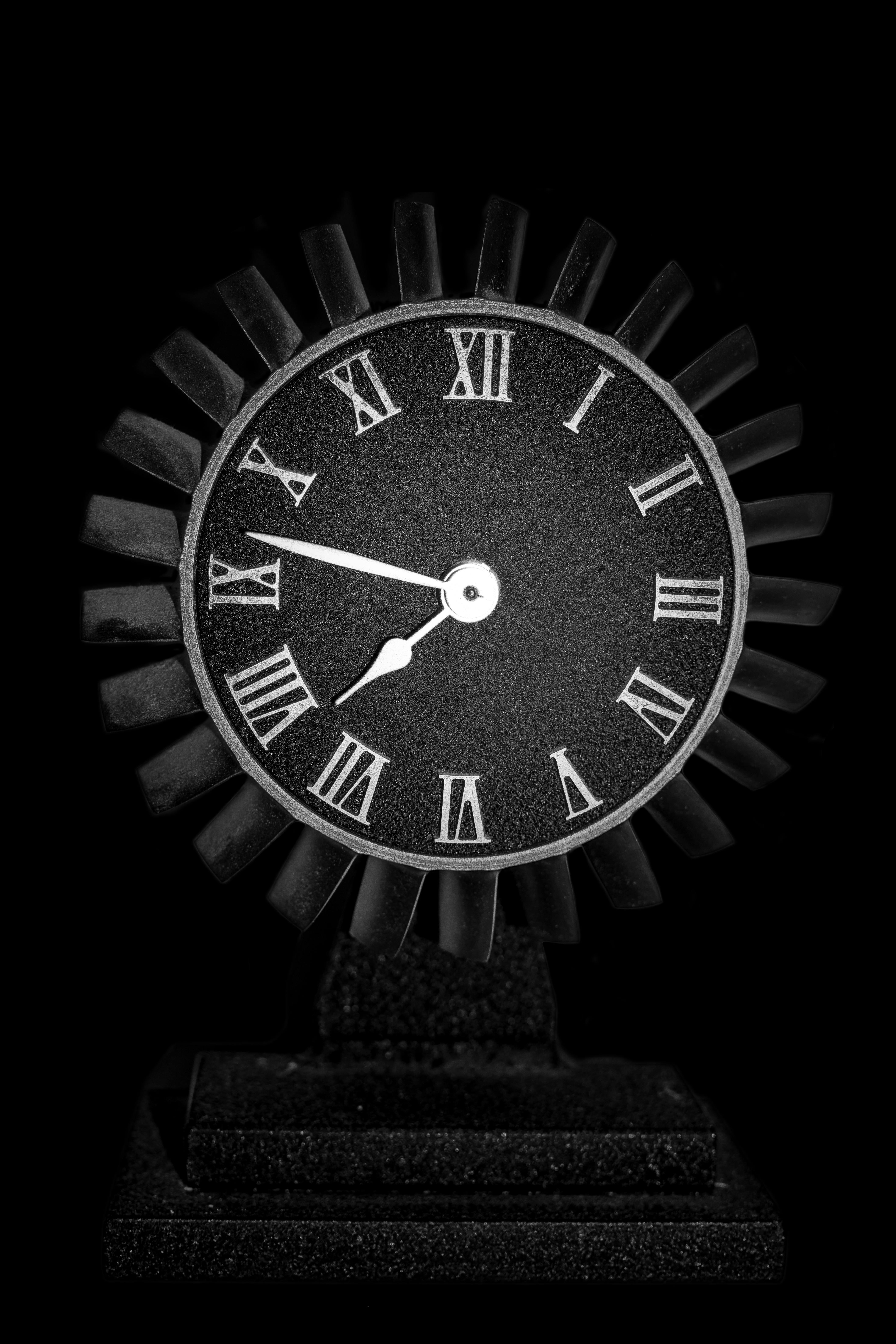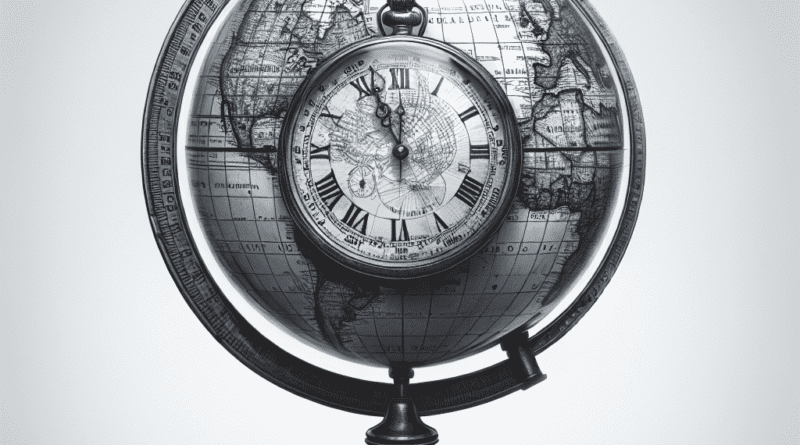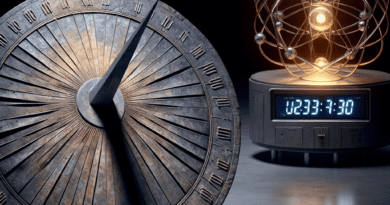Standard Time
“Standard Time” brings together exciting narratives and useful insights for those with a wanderlust spirit, eager to explore new wonders across the globe. As an adventure seeker, you’ll find this troves of informational posts quite beneficial in answering all your burning questions about unseen travel destinations. The insightful journey it provides, from standard time zones to native cultures, will envelop you, making your travel preparations as exciting as the adventures themselves. Catering to your curiosity, this is your one-stop guide to comprehending our diverse world before you set foot on a new land.
History of Standard Time
Let’s start by rolling the hands of time back, way back. The common time measurements that make up every single day of your life today didn’t just spring up from the blue. It took centuries of evolution, observation, and hard work to arrive at what we now know as the standard time.
The inception of standard time
Before you had a wristwatch or a smartphone that automatically updates the time, guess what people relied upon to coordinate activities? You probably guessed it – the sun! Back then, the concept of time was tied to the cycles of the sun. The day was divided into two twelve-hour halves; day and night. But, of course, as we know, the length of daylight and darkness varies according to the season and latitude. Can you imagine what timekeeping was like back then? Not the most stable system, to put it mildly!
Standard time vs solar time
The advent of standard time brought about a drastic change in timekeeping. Instead of relying on the sun’s position in the sky, which deviates by about fifteen degrees each hour, a new method was proposed. This method takes an average solar time – where each hour is exactly 60 minutes – regardless of the sun’s position. Revolutionary, isn’t it?
Influence of railways on standard time
So exactly what made that revolution possible? Trains did! Yeah, you heard it right. Picture the 19th-century world, where railways were starting to stretch across continents. Different local times in each town made scheduling trains a nightmare. The solution? Standard time! Sir Sandford Fleming, a Canadian railroad engineer, played a crucial role in this standardization process, and it didn’t take long before the rest of the world followed suit.
Adoption of standard time worldwide
Moving of train schedules, at convenient times of the day, became so universal that it fostered the global adaptation of standard time. Gradually, every country on the planet adopted this method. The merits of standard time become so evident that it was hard to ignore.
Understanding Standard Time Zones
Time zones, right? You’ve heard of them; you might have even crossed a couple. But what’s the deal?
Concept of time zones
A time zone is a region of the globe where the same standard time is used. The time differences happen along the lines of longitude, so there are twenty-four time zones in the world.
Role of longitude in time zones
Think of each time zone as a slice of the earth, measured along lines of longitude. That’s why the time changes by about an hour for every fifteen degrees of longitude you travel. Pretty neat, right?
Global standard time zones
There’s a time zone standard that forms a baseline for calculating different time zones: Greenwich Mean Time (GMT), named after the Royal Observatory in Greenwich, London. Every time zone in the world is calculated as an offset from GMT.
Standard time vs daylight saving time
You should also know about a little thing called daylight saving time (DST). DST temporarily moves the clocks one hour ahead during the summer months. The idea is to make better use of daylight and save energy. However, not all countries practice DST, so it’s always a good idea to check before you travel!

Role of International Date Line in Standard Time
The International Date Line (IDL) kind of functions like a time referee. Its role is significant to how we perceive and calculate time globally.
Definition and location of International Date Line
Imagine a line running from the North Pole to the South Pole. That’s the International Date Line. Now, the IDL isn’t as straight as you might picture. Due to some political and practical reasons, it zigzags quite a bit.
Role in time zones determination
The International Date Line plays a key role in determining time zones because it separates two consecutive calendar days. When you cross the IDL from west to east, you subtract a day. From east to west, you add a day. Confusing? Maybe at first!
Anomalies and exceptions related to International Date Line
There’s always a catch, isn’t there? Well, the IDL is no exception. Several anomaly circumstances surround the IDL. For instance, some territories are located on one side of the line but choose to use the time on the other side. What’s more, some places ignore the IDL and opt to keep all their territories on the same calendar day, for convenience.
Benefits of Standard Time
Standard time has tons of benefits. Here are just a few that affect your day-to-day life.
Promotion of uniformity and consistency
One of the significant benefits of standard time is that it promotes uniformity and consistency. When everyone operates on the same time, it makes coordinating activities much more manageable.
Ease in transportation and communication
Standard time also simplifies transportation, especially air travel. Can you imagine trying to schedule flights without a standard global time? Disaster! It also facilitates global communication, which we know is super important in our hyper-connected world.
Contribution to global trade and commerce
Without a doubt, standard time contributes enormously to global trade and commerce. International business relies on consistently knowing what time it is in various parts of the world.

Critiques and Controversies of Standard Time
It wouldn’t be a good story without a bit of controversy now, would it? Let’s dive into a few of the controversies revolving around standard time.
Argument against daylight saving time shifts
Firstly, there’s a lot of debate around the use of daylight saving time. Some people argue that it’s unnecessary and disruptive to our sleep patterns.
Health issues related to time zone changes
Frequent travelers, you probably know this one too well – jet lag! Rapidly crossing time zones can disrupt our body’s internal clock, leading to jet lag. There’s ongoing research into how this can impact long-term health.
Political disputes over time zone boundaries
Last but not least, there are political disputes about the placement of time zone boundaries. These issues stem from national pride, practicality, or a combination of both.
Role of Standard Time in Travel Planning
Let’s talk about how understanding standard time helps you become a savvy traveler.
Accounting for time differences in travel planning
Understanding time zones can help you avoid confusion when dealing with flight schedules or planning activities during your travels. Always remember to adjust your wristwatch whenever you cross a time zone!
Impact of standard time on flight schedules
Air travel would be a mess without standard time. Different airlines around the globe rely on a standard time system to coordinate flight schedules.
Managing jet lag with understanding of standard time
Finally, having a clear understanding of standard time can help you manage jet lag. Gradually adjusting your body’s internal clock to a new time zone before you travel might just make your trip a little easier!

Understanding Coordinated Universal Time (UTC)
The world of timekeeping gets even more fascinating with Coordinated Universal Time (UTC).
Relationship between standard time and UTC
UTC, despite its confusing name, is essentially a coordinated version of standard time. All time zones across the globe are defined by a difference from UTC.
Use of UTC in aviation, computing, navigation, and meteorology
UTC is indispensable in diverse fields, from aviation and computing to weather forecasting and navigation. Its accuracy makes it the time standard to count on.
How UTC is maintained and updated
UTC doesn’t just happen; it’s maintained. The International Bureau of Weights and Measures uses atomic clocks to keep UTC and leap seconds are occasionally added to account for variations in the Earth’s rotation.
Effect of Technology on Standard Time
Technology has made an incredible impact on standard time. Let’s check it out!
Role of atomic clocks in maintaining precise time
Atomic clocks are at the heart of modern timekeeping. They’re so accurate that they deviate by less than a second every 100 million years. Now that’s precision!
Use of GPS and internet for accurate timekeeping
Most of us probably use the internet or GPS to keep time, even if we don’t realize it. These technologies rely on accurate timekeeping to function effectively.
Driving towards a universal time: Challenges and debates
The quest for even more accurate timekeeping continues. Some people argue for the adoption of a universal time, while others worry about the potential drawbacks. This debate will likely continue into the foreseeable future.
Standard Time in Popular Culture
Standard time doesn’t just live on our wrists and in our phones. It’s part of our entertainment, too!
Representation of standard time in movies and literature
From time travel films that grapple with the fluidity of time to books that explore what life would be like without standard time, these concepts frequently show up in our media.
Standard time as a theme in art and music
Even beyond movies and books, time becomes an inspiration in art and music. Painters, sculptors, and musicians have all used aspects of time as themes in their work.
Societal awareness and perception of standard time
Our understanding and appreciation of standard time are deeply ingrained in our society. It simply shapes the rhythm of our lives!
Future of Standard Time
So, what’s coming up next for standard time? Change seems to be a constant, even in timekeeping!
Proposed changes to the standard time system
Some people propose revisions to the current time system, like abandoning daylight saving time or even shifting to a global universal time.
Impacts of globalization and digitalization
Globalization and digitalization are transforming our world, and they bring fascinating implications for standard time. As we become more connected and time-sensitive, the importance of precise and reliable timekeeping will only grow.
Standard time on other planets: A Mars example
We’re also starting to think beyond Earth. As space exploration advances, we’ll need ways of tracking time on other planets. Scientists have already developed a system of timekeeping for Mars. Now that’s future thinking!
So there you have it! A trip around the world and across time – all from the comfort of your own home.



